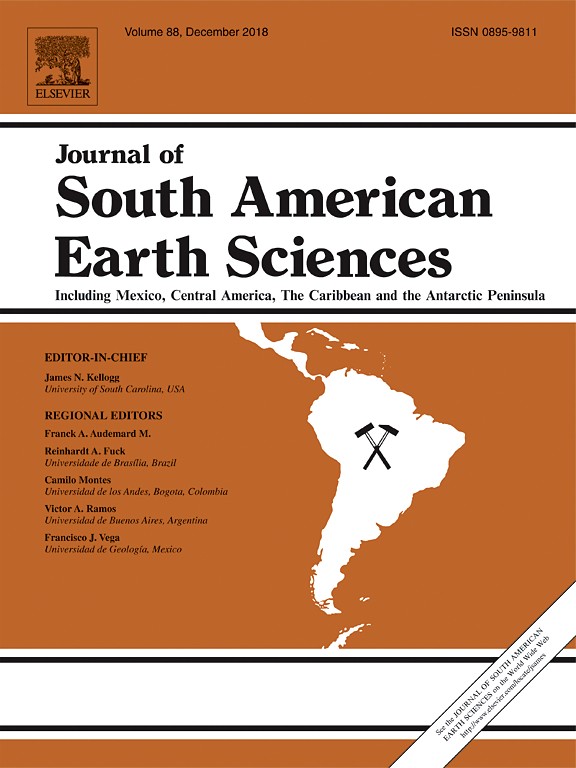
Bauxite formation on Tertiary sediments in the coastal plain of Suriname
Lateritic bauxites in the coastal lowlands of Suriname form part of a belt along the northern margin of the Guiana Shield that has long been one of the world's major bauxite producing regions. The Surinamese deposits, many of which with an extensive mining history, originated on Tertiary siliciclastic sediments and were mostly buried under a layer of young sediments. The bauxite-bearing sequences are generally topped with an iron-rich layer largely made up of hematite and goethite. It covers a gibbsite-rich bauxite horizon that passes downward into a kaolinitic bottom section containing anatase and zircon as main accessory minerals. Weathering profiles across formerly mined deposits were analyzed for geochemical and mineralogical properties aimed at exploring compositional diversity, underlying controls of bauxite-formation and the nature of precursor sediments.
Studied profiles in different parts of the coastal plain reveal overall similarities between individual deposits in showing significant depletion of Si, K, Na, Mg and Ca and strong, primarily residual, relative enrichment of Al, Ti, Zr, Nb, Hf, Ta and Th. In detail, however, there are distinct differences in major and trace-element signatures, accessory mineral assemblages, facies distribution and provenance of the terrigenous precursor sediments. Enrichments in high field-strength elements and heavy rare earth elements are largely attributable to accumulation of heavy minerals like zircon in the precursor. Petrological and trace-element evidence does not support a direct genetic relationship between bauxite and the underlying saprolitic clays. The complex petrologic characteristics and compositional heterogeneity of the coastal-plain deposits can essentially be explained by element fractionation, primarily through selective leaching, in combination with relative and absolute enrichment processes, erosion and reworking during two-stage, polycyclic bauxitization of a heterogeneous precursor.
source: https://www.sciencedirect.com